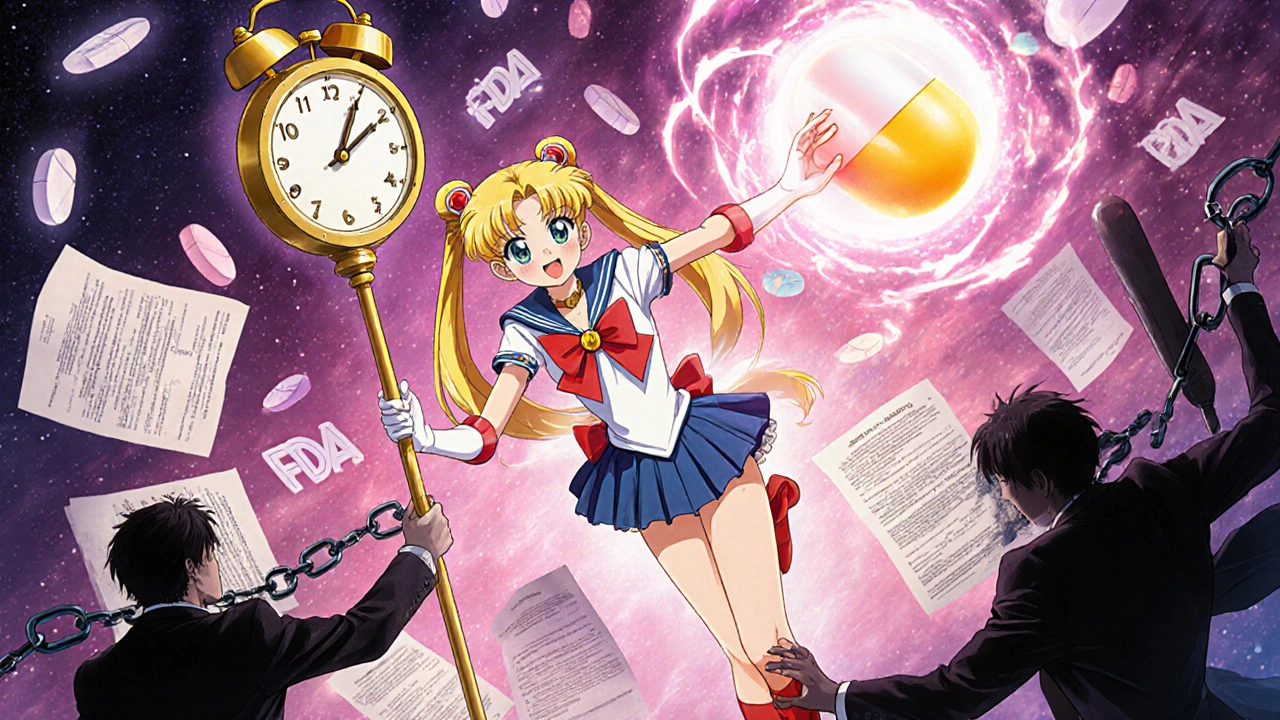Pharmaceutical Competition: How Generic Drugs, Patents, and Market Rules Shape Your Medication Costs
When you buy a generic drug, you’re seeing the result of pharmaceutical competition, the economic and legal battle between brand-name drug makers and companies that produce cheaper copies after patents expire. Also known as drug market competition, it’s the reason some pills cost 90% less than they did a decade ago. But this competition isn’t fair or simple. It’s shaped by laws, loopholes, and corporate strategies that can delay cheaper options for years—even when the science says they’re ready.
At the heart of this system is the Hatch-Waxman Act, a 1984 U.S. law designed to balance innovation and affordability by letting generic companies challenge patents and enter the market faster. Also known as Drug Price Competition and Patent Term Restoration Act, it created a path for first generic filer, the company that files the first legal challenge to a brand-name drug’s patent. This filer gets 180 days of exclusive rights to sell the generic, a reward meant to encourage bold challenges. But too often, that exclusivity is used as a weapon. Some companies file patent challenges just to block others from entering, then sit on the approval without launching the drug. This tactic, called "evergreening," keeps prices high and consumers waiting.
Pharmaceutical competition also plays out in how drugs are sold. Direct-to-consumer generic pharmacies, online platforms that sell FDA-approved generics straight to patients, cutting out insurers and brick-and-mortar pharmacies are making it easier to bypass traditional pricing layers. These services, like Ro and Honeybee Health, show how new business models can force legacy systems to adapt—or get left behind.
But competition isn’t just about price. It’s about access, safety, and speed. When a new generic hits the market, it doesn’t just lower costs—it increases choices. That’s why the ANDA, Abbreviated New Drug Application, the streamlined filing process generic companies use to prove their version works like the brand matters so much. It’s not a shortcut—it’s a lifeline for millions who can’t afford brand-name drugs.
What you’ll find below is a collection of real stories about how these rules play out in practice. From how one company used the 180-day exclusivity rule to block competition for years, to how a simple switch to a generic blood pressure pill saved someone $200 a month. You’ll see how patent challenges delay access, how new online pharmacies are changing the game, and why some drugs stay expensive even after their patents expire. These aren’t abstract policies. They’re decisions that affect whether you take your meds—or skip them because you can’t afford them.
